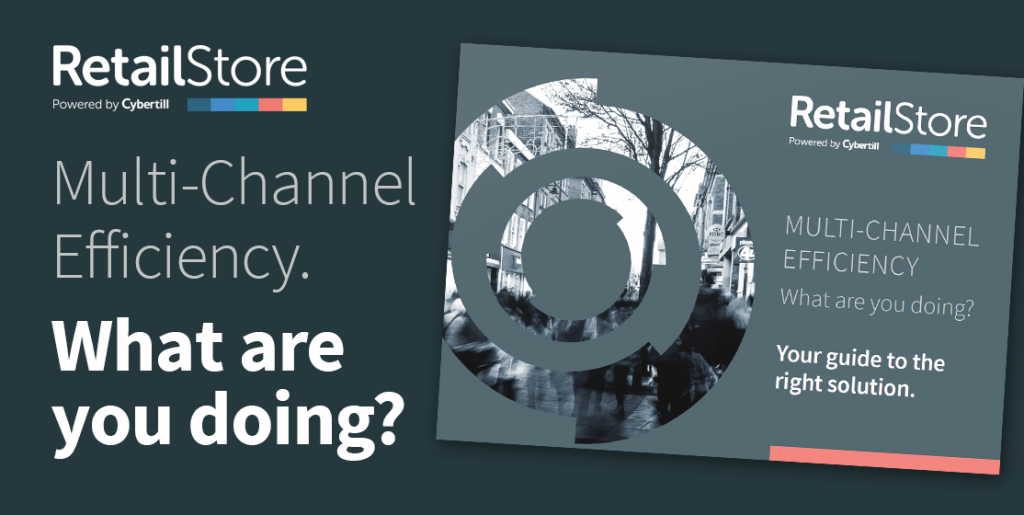This Christmas has seen a massive marketing push for fast delivery as the deadline of the 25th December approaches. Turn on the radio, go online or open your email and no doubt you’ve heard Not On The High Street promise delivery for the 24th for all order placed by the 22nd or Argos’ collection within sixty seconds or same day delivery (to mention just two!)…All luring the last minute shopper with their speedy and reliable delivery.

House of Fraser Oxford Street
How much revenue will be lost for retailers unable to deliver the ever competitive need for speed this Christmas? The new winners of retail are those with agile, efficient and fast 360 degree transaction and fulfilment processes that span every aspect of the operation no matter the channel, time or location.
One Hour Delivery Challenge
Eighteen months since the launch of Amazon’s one hour delivery we are today beginning to see the disruptive impact of this online giant in the UK retail market both in the independent and big brand sector. In the run up to Christmas 2016, it is now more apparent than ever that British consumers want fast, free and convenient delivery and unless retailers can adapt to these new and spiralling expectations set by Amazon, many may face a tough future.

Amazon Locker collection
But for those rethinking things, innovatively changing what they do and collaborating, the future is looking bright. The phrase survival of the fittest really couldn’t be more apt for the retail landscape right now.In just the last few months we’ve seen Sainsburys take on Amazon with one a hour delivery service by bike in South-West London. The supermarket, which recently bought Argos as part of its efforts to fight back the Amazon threat, has developed an app called Chop Chop, through which shoppers can order up to 20 items to be delivered from a local store within just an hour.
And it’s not just big brand retailers changing what they do to win the fulfillment and convenience race expected in 2017.Out to take on the Amazon challenge are all most forty independent book shops in London who have teamed up to form the newly-launched platform NearSt. The local online book market place allows customers in London to enter their postcode and the name of the book they’re looking for on the website or app. They can then order the book for instant collection from a local store or have it speedily delivered.

Argos digital and instore Liverpool ONE
Things are moving at an extremely fast pace, quicker than most retailer’s fulfilment and warehousing systems can keep up with. The problem for many is that their supply chain and retail software systems were built around a single channel. When they later added online or mobile or instore channels, and they often considered the sales to be separate. In today’s multi-channel retail world, omni-channel fulfilment will be the defining factor as will the ability to delivery at exception speed and convenience. Until recently, many retailer’s efforts to provide a unified, compelling experience for customers online and instore has been hampered by pre-existing, siloed technologies and store using manual processes.
Role of Cloud EPoS and Omni-Channel Fulfilment
It’s no surprise this year we’ve been working with a wave of retailers to effectively adopt and implement omni-channel retail management software strategies to enable them to see in across channels and use inventory from one channel to serve customers in another through cloud technology and a single platform.

John Lewis Click and Collect
Retailers who have not already migrated away from separated, legacy systems, will need to re-design their operations and systems around consumers, working to provide them with new flows of real time information, products, transactions and experience. Whilst establishing strong courier partnerships is essential, to meet customer expectations for a seamless omni-channel experience, retailers must have a centralised inventory, order processing and fulfilment capabilities coupled with intelligent sourcing and workforce management to execute flexible fulfilment strategies in the most efficient and cost effective manner.
And the benefits go way beyond the customer experience to impact on the gross profit and HR efficiency by enabling retailers to use business intelligence reporting to prioritise and allocate labour and effectively pick and ship orders. Cash flow is also improved as stock and warehousing can be accurately forecast across the entire organisation through predictive sales and suggestive purchase ordering through to optimisation of all warehousing and merchandising.
Retailers who have redesigned and rolled out customer centric systems and processes for speed, convenience and omni-channel customer experience, will be the winners of Christmas 2016 and beyond. With “virtual” inventories of stock which can be seen, located, ordered, delivered at speed and returned from any channel and at any time, these modern retailers have what it takes to profitably overcome the stress points of the new and every-demanding consumer.
Why not download our helpful, short guide “Multi-channel Efficiency? What are you doing? Your guide to the right solution”

Multi-channel retailing, what are doing with EPoS and retail software to increase efficiency and profitability?

Rachel is passionate about retail and the ever-changing retail technology environment, with a keen eye for upcoming retail trends that are set to shake up the sector.

